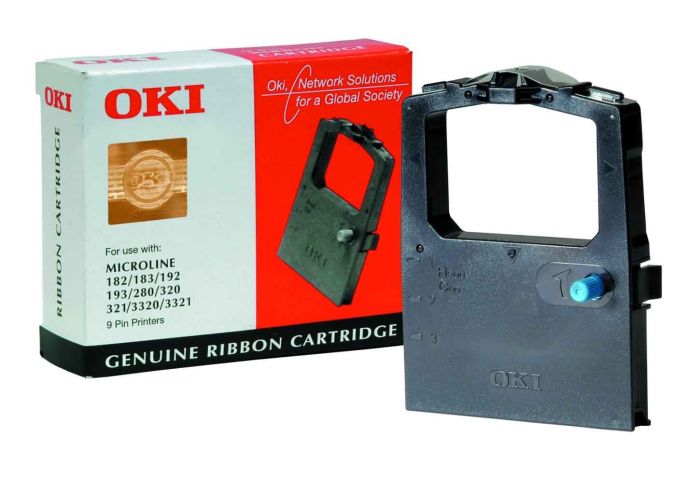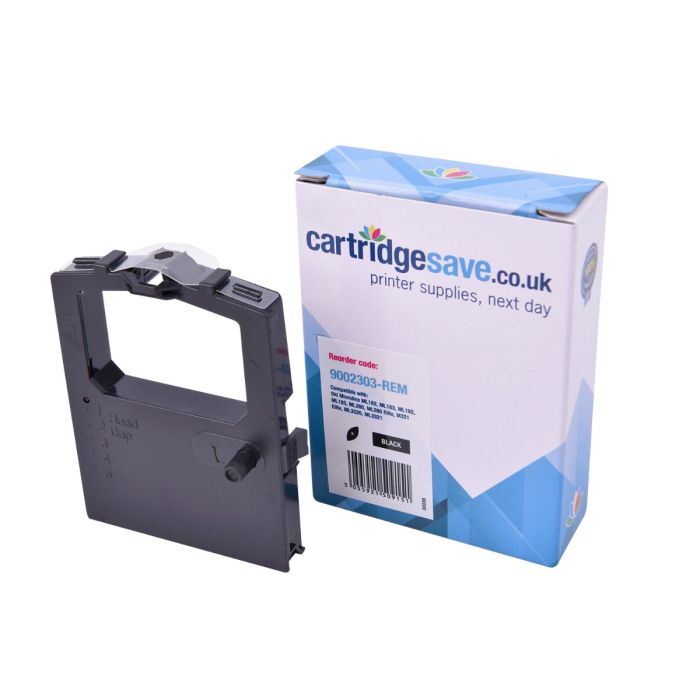- Ink Cartridges
- OKI Ink Cartridges
- Microline ML280eco Ink Cartridges
OKI Microline ML280eco Ink Cartridges
The following 2 products are guaranteed to work in your OKI Microline ML280eco printer:
2 products
Switch & Save
Save up to 50% with Cartridge Save own-brand
Guaranteed to be like-for-like alternatives to the originals. Learn more about switch and save
Black ink ribbons for OKI Microline ML280eco printer:
- 3 million characters 3 million characters
- Premium brand ink cartridge
Next-day delivery when you order before 5:15pm



- 3 million characters 3 million characters
- Lowest online price guarantee
Next-day delivery when you order before 5:15pm
OKI Microline ML280eco Printer Review
Expert review of the OKI Microline ML280eco printer


The Oki Microline ML280eco printer is perfect for point of sale use in a shop or business where compact, space saving design is valued. The printer can support front and back office applications with its versatile printing capabilities, long life performance and high-quality output. The 80-column dot matrix technology produces pin sharp prints, while USB 2.0 and parallel interfaces make it easy to install, setup, and configure to suit different workflows.
Design
The Oki Microline ML280eco printer has a small footprint with measurements of just 360 x 275 x 80 mm. It has a 9 pin printhead, 0.34 mm dot wire diameter, and a maximum 240 x 216 dpi graphic resolution. Super speed draft mode has a print speed of 375 characters per second, while higher letter quality outputs at 63 characters per second. There is support for a variety of operating systems including Windows 10 and Windows Server, and continuous paper weighing between 52 and 72 gsm. The mean time between failure rate for the machine is an impressive 20,000 power-on hours.
Advantages
The compact design is perfect for desktop use in any work environment where space is at premium, but high-quality prints are still required. The Oki Microline ML280eco printer is environmentally friendly with its own system on chip (SoC) energy saving technology able to reduce power consumption to just 2.4 W when in low power mode. Paper handling also impresses as it can print up to four copies at the same time, while low tear off for various paper types drives efficiency and productivity. This printer is perfect for printing labels, logs, and forms, in retail and service sectors.
Disadvantages
Its small footprint limits its usability for larger workloads and more advanced jobs, and the dot matrix technology can make the printer noisy. Its output quality is unlikely to match non-impact printers, and its paper must be loaded, wound, and aligned by hand, which is time consuming and prone to jamming.
